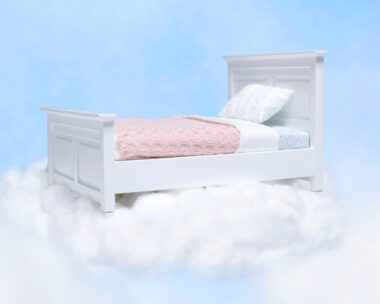Smoke alarms
When daylight saving changed back a few weeks ago the fire service encouraged us all to check our smoke alarms were working. Year after year people die uneccessarily because they haven’t applied this simple measure in their homes.
Remember, smoke can kill long before flames get to you, so a well-positioned smoke alarm can allow valuable escape time by going off at the first whiff of a problem.
Fire safety experts recommend having smoke alarms in every bedroom, living area or hallway.
Escape plan
Every household needs an escape plan. Even small children should be involved in discussing it and knowing what to do. The fire service makes regular school visits, teaching children the “Stop, drop and roll” rule. Your job is to help them apply it to your home, depending on its layout. Ideally, there should be two viable options as one escape route may well be unusable.
Around this time of year it’s a good idea to perform a family fire drill where you all practise what to do in case of an emergency. Have a designated meeting place outside – by the letterbox is often good. In the chaos and confusion that ensues when fire breaks out, people have been known to go back inside looking for a family member who has already escaped.
Tip: Always check doors aren’t deadlocked at night as this could make getting out impossible.
oatches
These are behind half of all fire-related deaths. The most basic rule is to keep matches and lighters well away from children and always make sure you stub out cigarettes completely.
Never ever smoke in bed as it’s easy to fall asleep and if your cigarette falls on bedding, fire will soon take hold.
With the popularity of candles as home décor accessories comes the risk of fire.
Never leave a burning candle unattended – especially if you have animals or children – and always make sure there are no combustible materials such as curtains near the candle.
Tip: Giving up smoking is a good way of reducing risk – to you, and your family.
Electrical fires
There are many aspects to electrical safety in the home, but basically you should never overload sockets and multiboards, and if you’re worried about safety in relation to any appliances at all – get them checked out.
Faulty electric blankets cause fires as can overheated clothes driers (especially if you forget to remove lint from the filter regularly) – even TVs can spontaneously go up in flames. Look out for frayed cords on items such as irons and have them repaired.
In New Zealand, children’s nightwear is required by law to be flame retardant but all the same, littlies should be trained not to stand too close to heaters and fireplaces.
Tip: It’s good practise to turn appliances off and unplug them when not in use – even small things like hairdryers can cause fires.
Kitchen
There’s lots of fire potential in kitchens. It goes without saying that stoves, ovens and microwaves should never be left unattended while cooking, but when the phone, or doorbell rings, it’s easy to pop away for a minute or two – then forget to go back.
Always have a fire extinguisher handy and make sure everyone knows how to use it.




